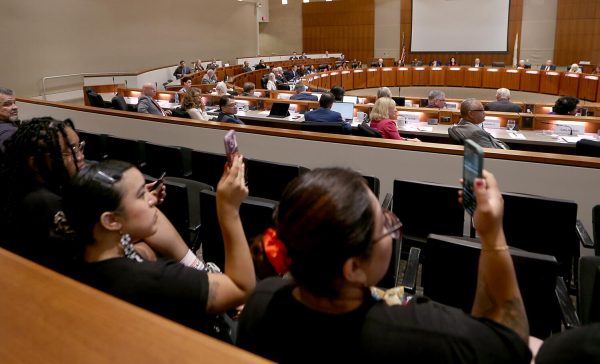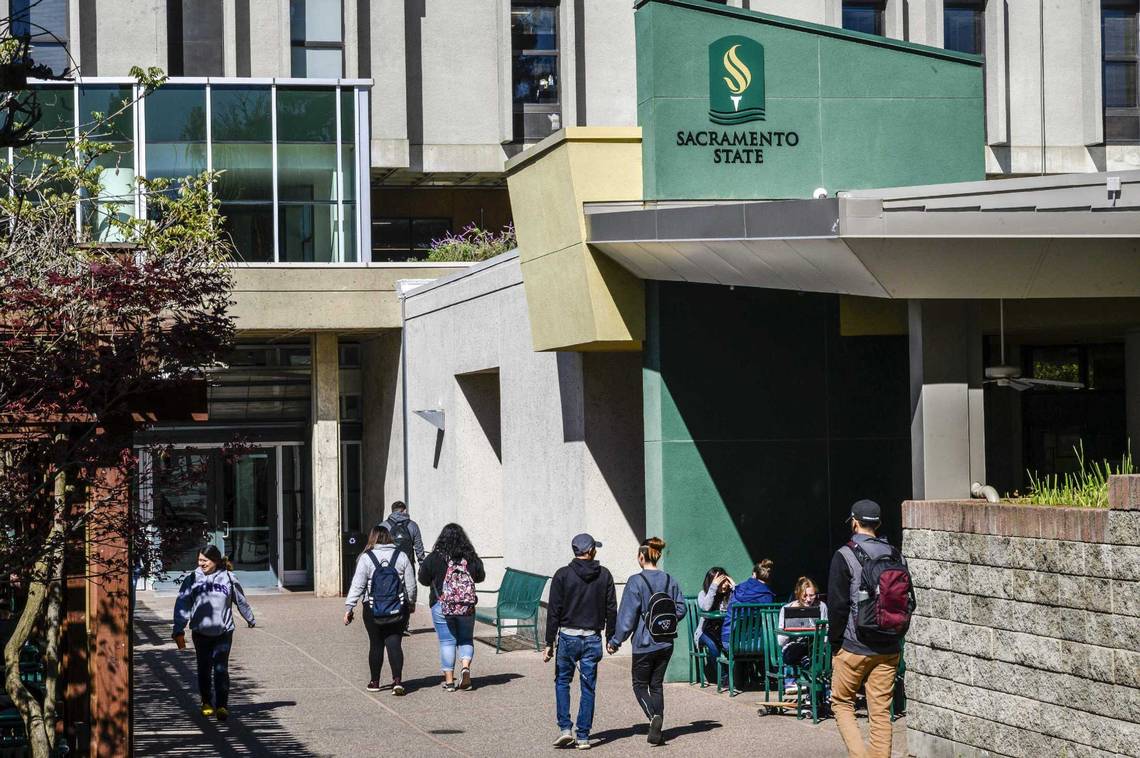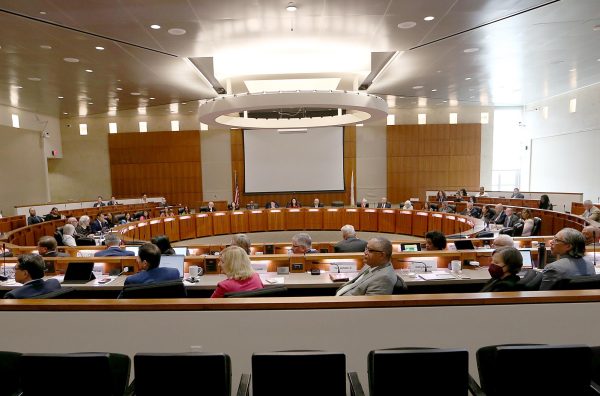The California State University (CSU), the nation’s largest public university system, has agreed to raise student tuition by 6% per year for the next five years, in order to overcome a looming deficit. While the decision has been met with varied reactions, it will have far-reaching consequences for the 460,000 students attending CSU schools.
The CSU governing board’s 15-5 vote on Sept. 15 paved the path for tuition increases to begin in the fall of 2024. Full-time undergraduate students in California currently pay $5,742 in tuition each year. With the authorized increases, this figure will jump by $342 next year to $6,084. Students will have to pay $7,682 in tuition by the 2028-2029 school year. The tuition increases will not affect the approximately 276,000 undergraduates whose tuition is fully paid by financial aid due to their family’s low poverty. Several trustees expressed concern about the other 40% of undergraduates, or around 184,000 students, who do not qualify for financial aid and will face higher tuition. They did, however, agree that there were no other options for stabilizing the system’s finances.
According to university administrators, tuition increases are necessary to give much-needed support to students, such as financial aid and academic success initiatives. Furthermore, the additional revenue will be used to supplement teaching and staff resources and to maintain school buildings. According to a May study on the system’s finances, CSU has enough revenue to cover about 86% of the costs involved with addressing student, employee, and institutional demands, leaving a $1.5 billion shortfall.

However, the decision has not been without controversy, as students on the Mesa College campus have expressed their displeasure and concerns as a result of this significant change. When asked how this will affect students and their capacity to pursue further education, second-year student Alejandro Montez had this to say: “Here in San Diego, and especially California, we live in one of the most expensive places in the United States. Students are here trying to get an education to get access to better-paying jobs. When you raise the prices of education, students will start to wonder if it’s really worth it.”
This devotion has resulted in the adoption of a tuition increase plan, which will go into effect in the 2024-25 school year. Kai Williams, a second-year student who expects to transfer to San Diego State University in the autumn, shared his thoughts on the situation. “It is frustrating news to hear, to say the least. These past two years, I [was] not only planning for the future, but also saving. A spike in tuition honestly just makes me question if I want that additional unplanned student debt.”
Notably, the California Academics Association, which represents the university system’s academics and employees, has spoken out against the tuition increases. They warn that the expected 34% increase between now and the 2028-2029 academic year may price out current and prospective students, especially those from underrepresented backgrounds.
As the nation watches the situation in the California University system unfold, it serves as a harsh reminder of the delicate balance between economic restraint and ensuring that educational doors remain open to all who seek them.





